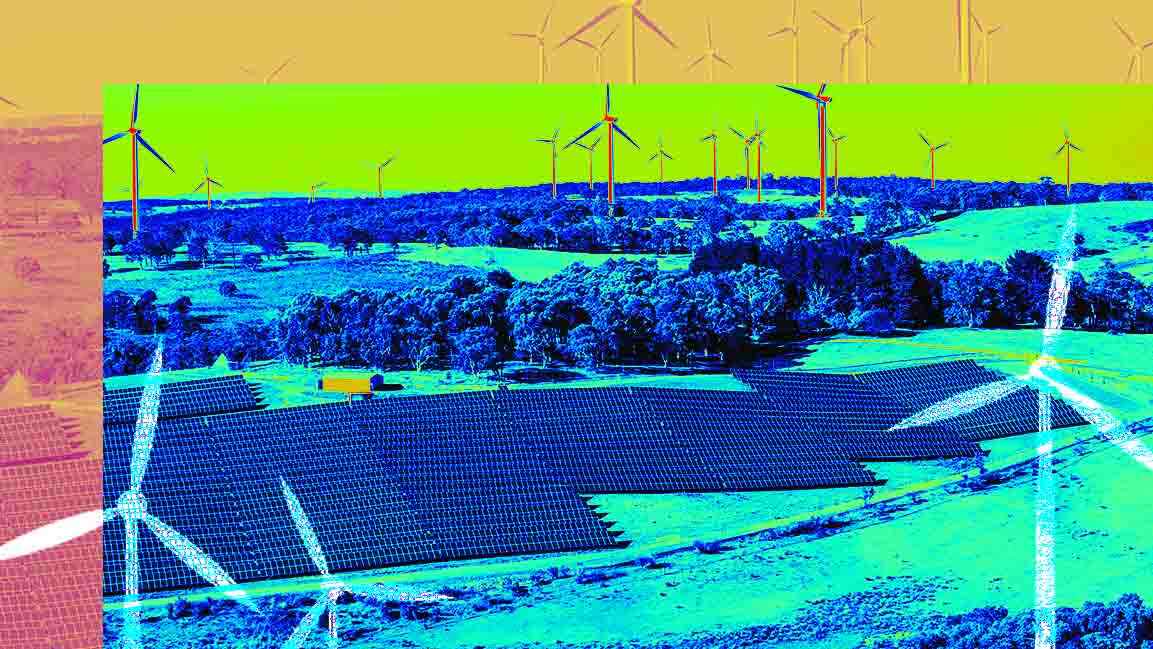- | 1:00 pm
91% of new renewables in 2024 were cheaper than fossil fuel alternatives
In 2024, the deployment of 582 gigawatts (GW) of renewable energy helped avert approximately $57 billion in fossil fuel expenses.

Renewable energy maintained its cost advantage in 2024, outperforming fossil fuels across global power markets, according to the latest report from the International Renewable Energy Agency (IRENA).
The study highlights continued declines in the cost of renewable power generation, driven by technological innovation, economies of scale, and competitive supply chains.
On average, solar photovoltaics (PV) were 41% cheaper than the lowest-cost fossil fuel options, while onshore wind projects were 53% more cost-effective. Onshore wind remained the most affordable source of new electricity generation, with costs averaging $0.034 per kilowatt-hour (kWh), followed by solar PV at $0.043/kWh.
In 2024 alone, the addition of 582 gigawatts (GW) of renewable capacity helped avoid an estimated $57 billion in fossil fuel costs. IRENA reported that 91% of newly commissioned renewable power projects worldwide were more cost-effective than fossil fuel-based alternatives.
The report also emphasized that renewables enhance energy security by reducing exposure to fuel price volatility. However, risks such as geopolitical tensions, trade barriers, and material shortages could temporarily slow progress—particularly in Europe and North America, where structural challenges remain.
In contrast, regions like Asia, Africa, and South America are expected to see sharper cost declines, driven by abundant natural resources and steeper learning curves.
UN Secretary-General António Guterres underscored the momentum behind the transition, stating, “Clean energy is smart economics—and the world is following the money. Renewables are rising, the fossil fuel age is crumbling.”
IRENA Director-General Francesco La Camera said the cost-competitiveness of renewables is now a reality, with avoided fossil fuel costs reaching up to $467 billion in 2024. He emphasized that while renewables are now outcompeting fossil fuels, continued progress depends on addressing rising geopolitical tensions, trade tariffs, and supply chain disruptions. “The transition is irreversible,” he said. “But its speed and fairness depend on the choices we make today.”
The report examined the structural cost factors and market dynamics shaping renewable energy investment, underscoring the importance of stable revenue frameworks—such as power purchase agreements (PPAs)—to reduce investment risk. However, inconsistent policies and opaque procurement processes continue to deter investors, particularly in emerging markets.
Integration and financing challenges persist, with many wind and solar projects facing delays due to permitting hurdles, grid bottlenecks, and costly local supply chains. These issues are especially pronounced in G20 and developing countries.
In 2024, the average cost of onshore wind was $0.052 per kilowatt-hour in both Europe and Africa. However, African projects faced significantly higher capital costs due to elevated risk premiums, with the cost of capital ranging from 3.8% in Europe to 12% in Africa, according to IRENA.
Technological innovation continues to drive renewable integration. Battery energy storage system (BESS) costs have dropped by 93% since 2010, averaging $192 per kilowatt-hour. Hybrid systems and AI-enabled grid tools are also enhancing system flexibility.
However, IRENA cautioned that without greater investment in digital infrastructure, storage, and grid upgrades, particularly in the Global South, the full potential of renewables may not be achieved.































